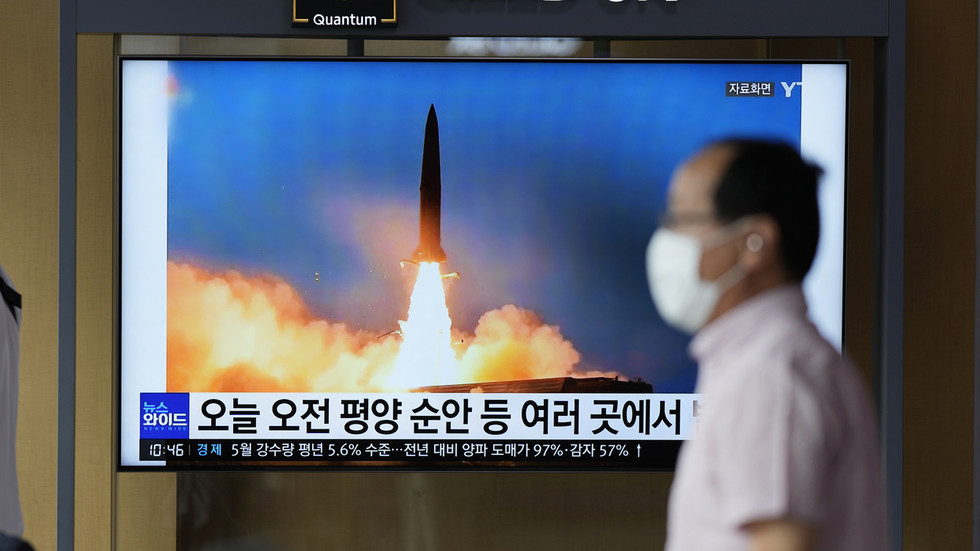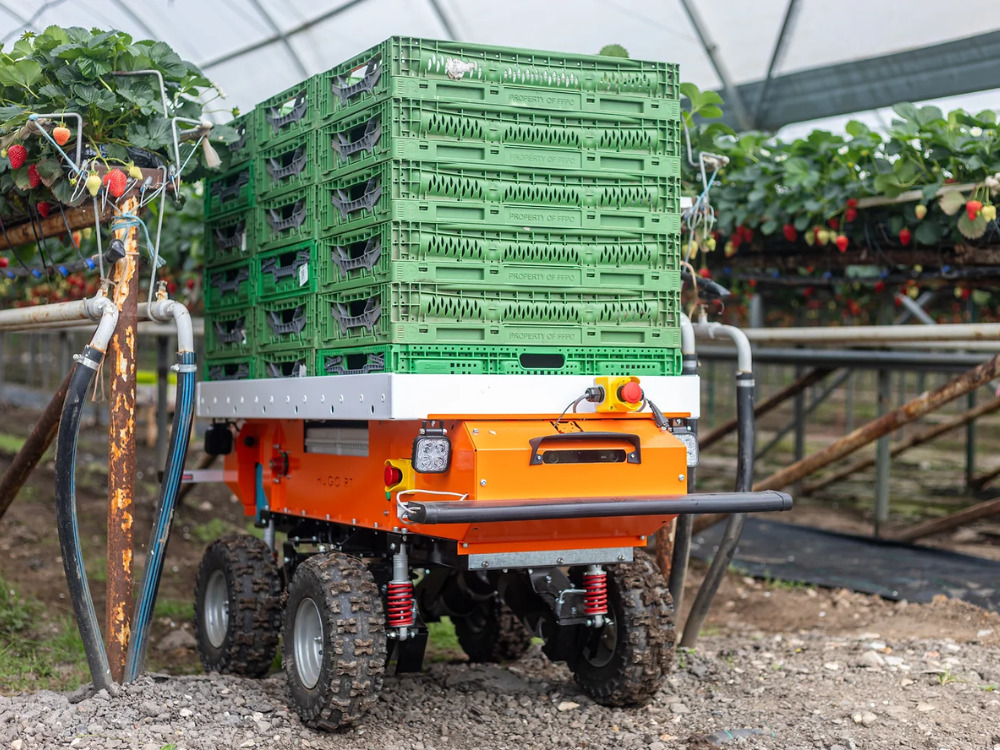Essay by Eric Worrall
According to a new paper, we have a 50% chance of “committing” to 1.5C global warming by 2025, rising to 66% by 2029. But the authors have left a nice big escape hatch, perhaps in case that pesky pause lengthens.
“Limited time:” World will lock in 1.5°C warming by 2025 without big emissions cuts
Michael Mazengarb 7 June 2022
The world faces a greater than 50 per cent chance of locking in global warming of more than 1.5°C unless greenhouse gas emissions can be dramatically reduced before 2025, new research suggests.
In a new paper published in the journal Nature Climate Change, researchers from the University of Washington, Seattle, warn that the world needs an ‘abrupt cessation’ of greenhouse gas emissions to prevent locking in global warming above safe levels.
The research also confirm that net zero targets by 2050 are insufficient to cap average global warming below 2°C, and that does not include like feedback loops that will accelerate temperature rises.
…
“Assuming a medium-emissions trajectory, we find that we are already committed to peak warming greater than 1.5°C with 42 per cent probability, increasing to 66 per cent by 2029. Probability of peak warming greater than 2.0°C is currently 2 per cent, increasing to 66 per cent by 2057,” the paper says.
…
Read more: https://reneweconomy.com.au/without-big-emissions-cuts-warming-of-1-5-degrees-to-be-locked-in-before-2024/
The abstract of the paper;
Published:
Estimating the timing of geophysical commitment to 1.5 and 2.0 °C of global warming
M. T. Dvorak, K. C. Armour, D. M. W. Frierson, C. Proistosescu, M. B. Baker & C. J. Smith
Following abrupt cessation of anthropogenic emissions, decreases in short-lived aerosols would lead to a warming peak within a decade, followed by slow cooling as GHG concentrations decline. This implies a geophysical commitment to temporarily crossing warming levels before reaching them. Here we use an emissions-based climate model (FaIR) to estimate temperature change following cessation of emissions in 2021 and in every year thereafter until 2080 following eight Shared Socioeconomic Pathways (SSPs). Assuming a medium-emissions trajectory (SSP2–4.5), we find that we are already committed to peak warming greater than 1.5 °C with 42% probability, increasing to 66% by 2029 (340 GtCO2relative to 2021). Probability of peak warming greater than 2.0 °C is currently 2%, increasing to 66% by 2057 (1,550 GtCO2 relative to 2021). Because climate will cool from peak warming as GHG concentrations decline, committed warming of 1.5 °C in 2100 will not occur with at least 66% probability until 2055.
Read more: https://www.nature.com/articles/s41558-022-01372-y
The paper is paywalled, which I find a little hilarious – charging for information about the imminent end of the world.
What I find most intriguing though is the vagueness of the prediction. We’re “committed” to 1.5C, but when we will actually experience this warming seems really vague – maybe by 2055, but we might have to wait until 2100.
Don’t forget folks, the science is “settled”.
Related
Source link
Author Eric Worrall






